Traveling comes with enough logistics to juggle. The last thing you need on a trip is hours wasted on the phone with the police or with your bank trying to stop someone who is pretending to be you on the other side of the world. These days thieves don’t need to steal your stuff. They only need your data. While we’re all vulnerable to theft, these products and know-how can be your first line of defense and help protect you and your family on the go.
Be Careful What You Plug Into
First rule of cyber security: Never use a public USB port to charge your devices. It’s a hard one to avoid. They’re everywhere, from airport lounges to new rental cars to hotel lobbies. But don’t do it. Unlike regular outlets, USB ports collect data from whatever device is plugged in. That means anything on your phone is fair game including your banking app, your Gmail account (which probably has more than enough information to copy your identity online), or even social media chock-full of personal data such as birthdays and info on family members.
Stick to regular electrical outlets and pop a couple of portable chargers in your carry-on for juicing up in flight. Just remember to charge your chargers!
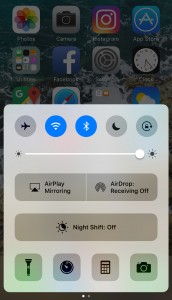
Be Careful What You Connect to
Free WiFi sounds tempting but beware. Don’t use the free airport WiFi. Don’t use the free hotel lobby WiFi. Why? It’s not secure. If there’s no password, anyone can hop on. And that means the minute you connect, you’re offering up all your data to a hacker. If you don’t want to pay for a secure connection every time you land in a new airport, you may want to invest in a mobile hotspot. But make sure the hotspot is encrypted and change your password often.
Your best bet to keep data safe is a virtual private network, or VPN. Think of these connections as a secret door from your computer to a secure server, even when you’re connected to public WiFi. Companies, such as NordVPN, offer month-to-month services for $12 or yearly subscriptions at a discount. They also feature a free 30-day trial.
Even with additional protections, you may be jumping on networks and not even know it. If you have WiFi and Bluetooth turned on and you’re not at home, work, or other networks your phone knows, it will continue to seek a connection. Make sure to turn off WiFi and Bluetooth when you’re traveling so you don’t accidentally hop on unsafe networks. This also saves your phone’s battery.
Keep Electronics With You
Treat your electronics the same way you treat your passport when you travel. Never check your devices. Keep all phones, tablets, laptops, and cameras with Bluetooth technology in your carry on. If your hotel room has a safe, lock up your tablets before you head out for the day. And never leave phones sitting out on a table in a restaurant or cafe. Even if you’re just getting up for two seconds to grab your order, that’s enough time for someone to brush by your table, grab your phone, and take off with all of your personal information.
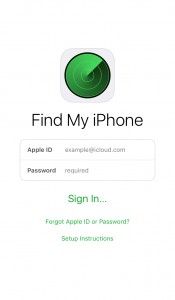
Set Up Passwords
Sure, password protection on all of your electronics is annoying, but that tiny, three-second extra step is important. If your devices are stolen, this could help keep your info safe. Also, consider turning on remote phone programs such as Apple’s Find My iPhone before traveling. If you have Find My iPhone turned on, you can lock your phone and suspend auto pay programs such as Apple Pay remotely. You can also track your phone’s location.
Consider Identity Theft Insurance
A stolen credit card may be a pain, but a stolen identity may take months and even years to correct. If that sounds terrifying, you might want to invest in identity insurance such as ID Shield. If your identity is stolen, the company’s private investigators take on your case for you, collect evidence, and restore your identity and credit to what it was before theft.

Minimize Debit Card Use
While dealing with a stolen card is a hassle, did you know that recovering from credit card hacks is much easier than debit cards? Your debit card is directly connected to your bank account and consequently is governed by different laws from credit cards. A credit card is at least one step removed. But a debit card is like one big pipeline to your money. Shutting that down takes time. If stolen, your bank will typically freeze the account. You’ll need to fill out fraud reports and sometimes it can take more than a week to reopen or return stolen funds. If you have to use your cards when you travel, monitor your purchase history daily to catch fraudulent charges. Unlike credit cards, the bank’s liability to you to replace stolen funds from a debit card works on a sliding scale—the longer you wait to notify the bank of the theft, the less liable the bank is to replace those funds.
It’s better to go old school and use cash as much as possible. Avoid ATMs abroad. Go once for the cash you think you’ll need and use a credit card for other purchases. If you want to avoid foreign ATMs altogether, check with your bank in the States for a currency exchange program. It’s nice to step off the plane in another country and know you already have local currency in your wallet.
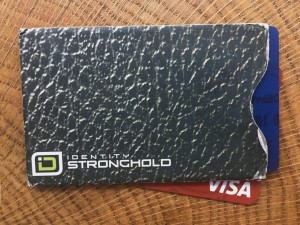
Block Hackers
Nowadays, pickpockets don’t even need your bag or wallet. They just need to stand close enough to you to scan what’s inside. Today’s hackers can lift info from your passport and credit cards and more using RFID or radio-frequency identification technology. The good news is RFID-blocking technology also exists. Handy, cheap sleeves can be found online (in bundles of five). These are great for credit cards but also protect your IDs. And if you don’t want to wrap the entire contents of your wallet, there are RFID-blocking wallets, bags, laptop and tablet cases, and even clothes.
Be Careful Where You Stick Your Card
While using credit cards is more secure than debit cards, scammers have ways to lift your card’s info after you slide your card through a reader and create a copy of your card. Gas stations are hot targets. I was the victim of card theft in Miami at a gas station right outside the airport. While I was flying home, some crooks had a field day in Walmart on my dime. My card’s fraud monitor picked it up quickly but once the card was frozen it created a domino effect with anything I had tethered to the card, such as bills set to auto pay or my Apple Pay account.
What’s tricky about lifted card information is that you still have the card. So proving what’s real and what’s fraudulent can be frustrating and can take longer to sort out. It’s not the kind of thing you want to come home to after a relaxing vacation so make sure you monitor your purchase history daily while traveling.
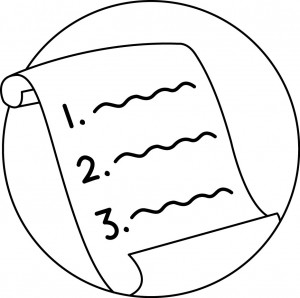
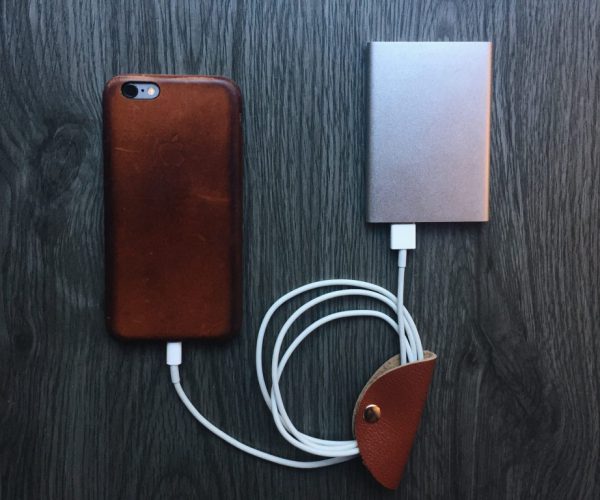
Leave a Reply